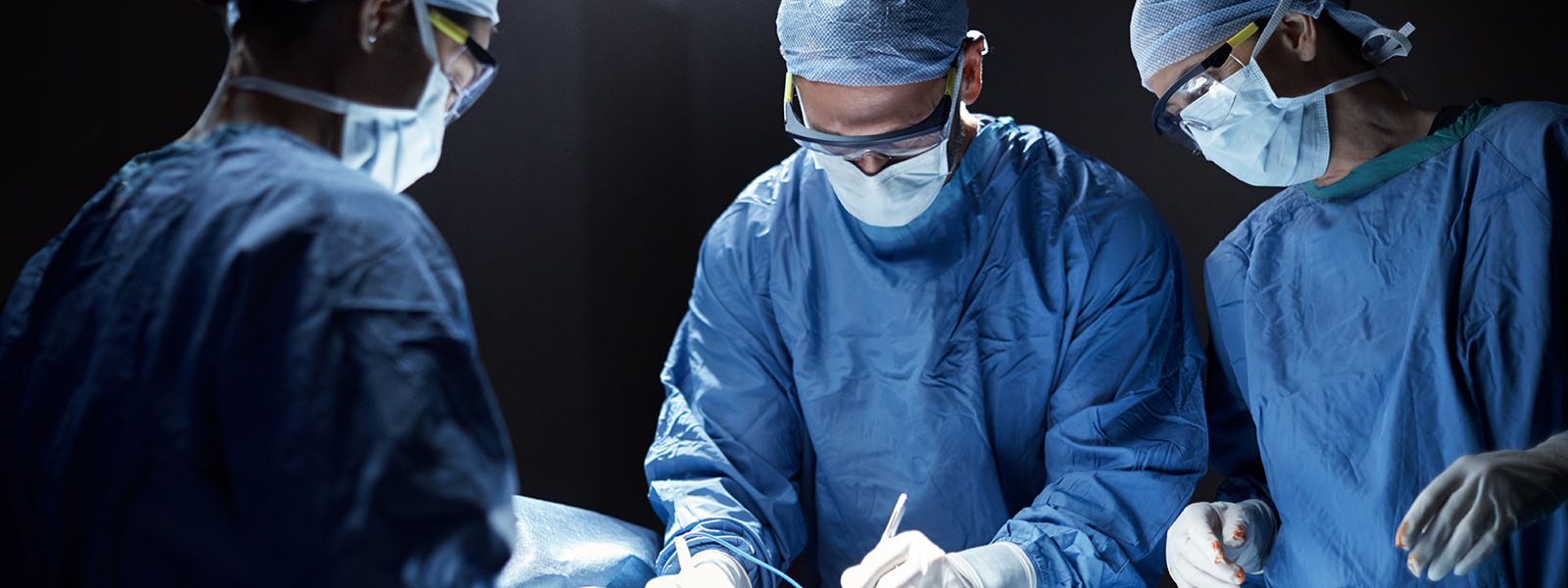Receiving a cancer diagnosis has an undeniable impact. In mere moments, the focus of a person’s life can change from day-to-day responsibilities to facing a potentially devastating illness. The impact can become even greater when a person learns there’s been a cancer misdiagnosis. This can happen in two ways: either doctors fail to diagnose the cancer early or they say a person has cancer when they actually do not.
Both of these are forms of medical misdiagnosis. Unfortunately, both can cause serious physical, emotional, and mental harm. In some cases, doctor misdiagnosis can rise to the level of medical malpractice. A lawyer can explain the full range of legal options available when a doctor has misdiagnosed you and help you decide the best course of action.
Most Frequently Misdiagnosed Cancers
There are not many statistics on how often medical professionals tell people they have cancer when they do not.
There are, however, some high-profile examples of this phenomenon. In May 2023, about 400 people received letters on behalf of a biotech company telling them they had cancer. All of the individuals had taken a cancer detection test made by the company. These were all false positive diagnoses that were the result of a software error.
So how often is cancer misdiagnosed? There is more research on missed diagnoses of cancer than false diagnoses. A 2019 study of malpractice claims data found 46% of diagnostic errors in a primary care setting were missed cancer diagnoses. The most common types of missed cancer diagnoses were:
- Lung cancer
- Colorectal cancer
- Prostate cancer
- Breast cancer
It is unfortunately possible for doctors to misdiagnose, or fail to diagnose, many types of cancer including skin cancer, cervical cancer, colon cancer, and others.
Factors to Determine if Misdiagnosis of Cancer is Classified as Malpractice
A missed or false cancer diagnosis can cause great harm to a patient. If a doctor misinterprets or fails to spot the signs of cancer, the cancer can spread and become harder to treat. This might limit treatment options and even shorten life expectancy.
At the same time, if someone has a cancer diagnosis when they are cancer-free, they might undergo unnecessary treatments that have dangerous side effects. They might also take legal and personal steps to make plans for a long treatment regimen that they do not actually need, which affects their financial and mental health.
If you experience harm because of mistakes in the healthcare system, you can file a lawsuit for negligence. One form of negligence is medical malpractice.
So, is misdiagnosis malpractice? There is a general legal test to make a claim for medical malpractice. Misdiagnosis might be considered malpractice if it meets the criteria.
Doctor-Patient Relationship
The first step is establishing that you had a doctor-patient relationship with the physician who missed your diagnosis or gave you the wrong diagnosis. If you had just one appointment with the doctor, that’s usually enough to show you had this legal relationship. You can prove this in a legal case by presenting medical records of your appointment and your medical history.
Standard of Care Breach
The second step is establishing that the doctor did not provide you with the medical care that a reasonable doctor would have given in the same circumstances. This step can be harder to prove. Sometimes cancer is hard to detect, and on occasion tests can indicate cancer even when there is none. Showing your doctor breached the standard of care can require a great deal of evidence gathering, such as expert testimony from someone familiar with the process of diagnosing the particular type of cancer at issue.
Causation
The third step is establishing that it was the medical professional’s misdiagnosis that directly led to the harm you experienced. This can also be hard to prove without the assistance of an experienced medical malpractice attorney. It is not enough that a doctor gave you an incorrect diagnosis or even that you endured treatment or were delayed in getting treatment. Causation is about the diagnosis being the direct cause of the harm you experienced, such as severe illness or side effects from unnecessary treatment.
Damages
The fourth step is establishing that you experienced losses because of the doctor’s malpractice. For example, if you had a lung cancer misdiagnosis, your treatment options might be more limited if the cancer has spread. Perhaps an earlier-stage diagnosis would have meant you could have surgery to remove the cancer, but now your doctor is recommending chemotherapy and radiation because the cancer has advanced.
A medical malpractice lawyer can help you to determine your losses because of your experience. They might include:
- Pain and suffering
- Psychological anguish
- Reduced quality of life
- Loss of income or wages
- Loss of earning capacity
- Medical bills
- Palliative and nursing care
This list is not exhaustive. Your lawyer will listen to your story to fully understand how the misdiagnosis has impacted your life.
Should I File a Lawsuit After a Cancer Misdiagnosis?
A lawsuit cannot reverse a cancer misdiagnosis. However, a lawsuit can help you access financial resources that can recover some of what you have lost. It can also send a message to the medical community to take care with diagnoses of serious illnesses, so what happened to you is less likely to happen to someone else.
A lawsuit can take many turns. Although some people settle out of court, it is sometimes in your best interest to take a case to trial. Because of this possibility, it is important to work with experienced and dedicated medical malpractice lawyers who can fight for your interests in negotiations and in a courtroom.
Consult Specialized Medical Malpractice Lawyers
McEldrew Purtell is a team of dedicated lawyers who take on the burdens of your case while you focus on your personal wellness. We make it easy to discover how we can help you by offering free, no-risk consultations. To learn more, contact us today.








